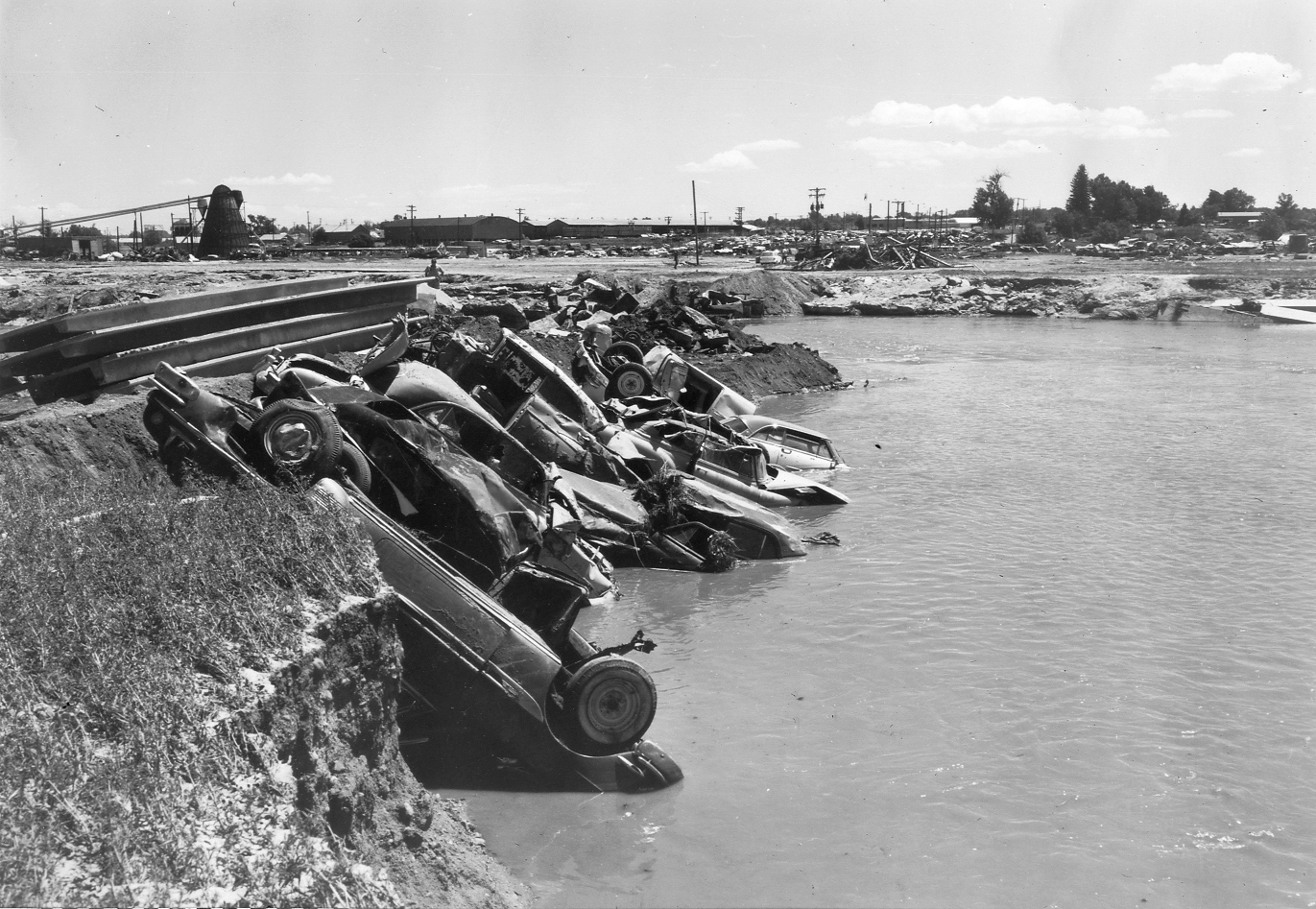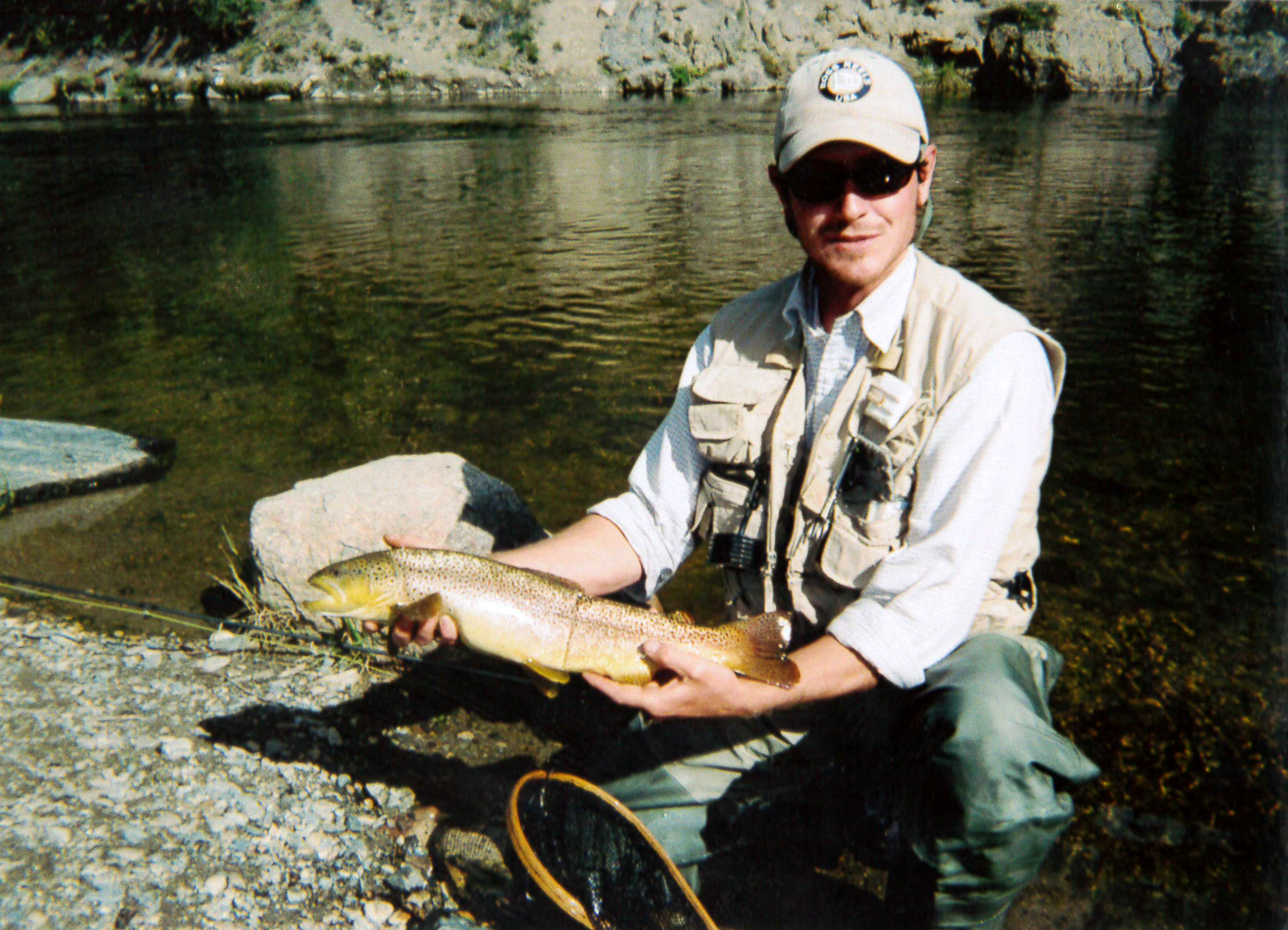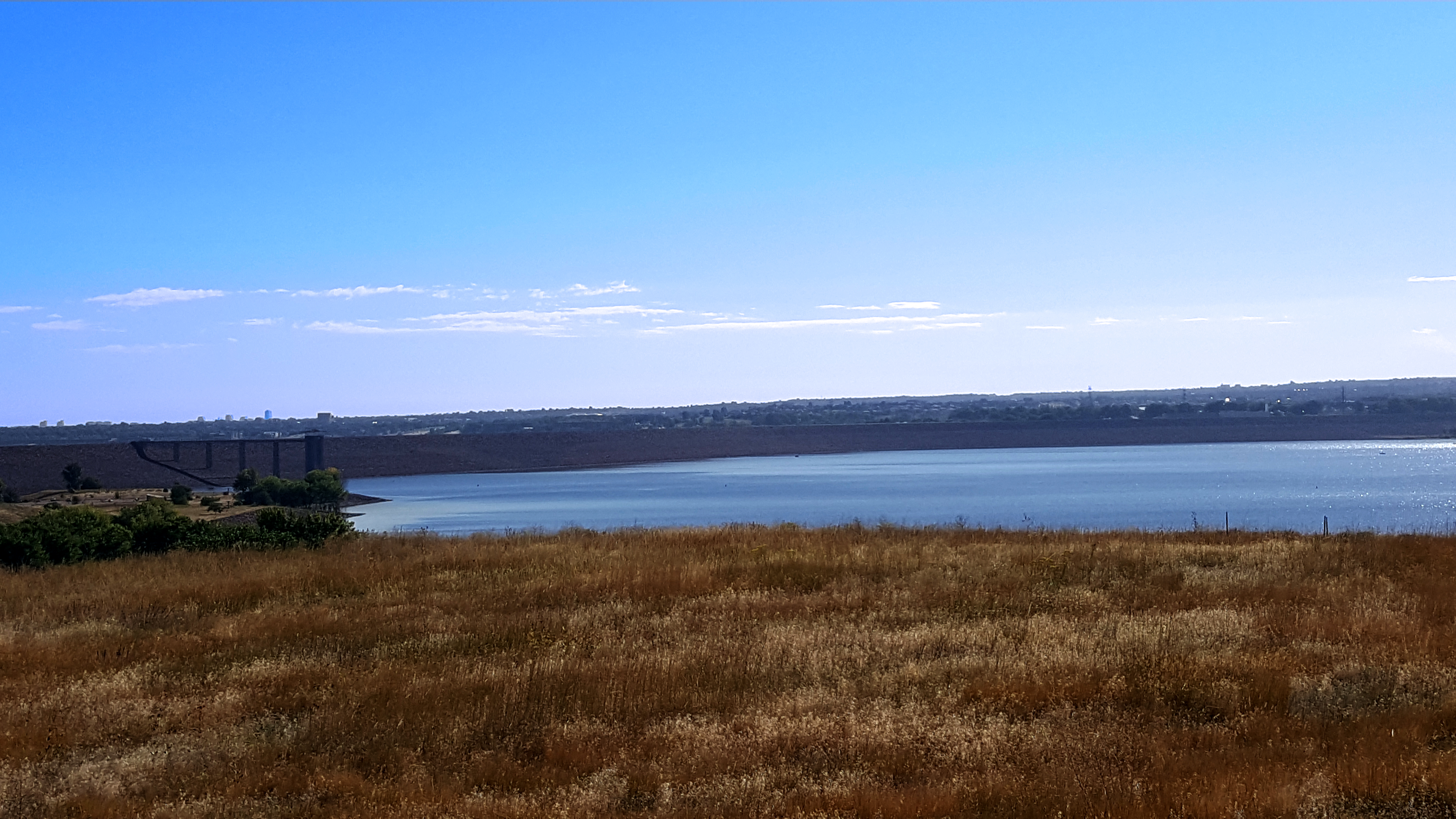
5 things you may not know about Chatfield Reservoir
Are you a Chatfield junky?
As a long-time Littleton resident, I have fond memories of sailing, water skiing, swimming, fishing and camping at the reservoir with friends on my summer breaks from nearby Columbine High School (Rebel Pride!).
Today, I still enjoy afternoon walks on my favorite trails and take my two small dogs to the onsite dog park.
I’m hardly alone. Chatfield State Park is summer sanctuary in Denver’s back yard, welcoming more than 1.5 million visitors each year, according to Colorado Parks and Wildlife.
The result: Nearly $10 million in economic impact to the communities within 50 miles of the park.
With all the pleasure it provides, many people may not realize that this is one hard-working reservoir, handling multiple duties and obligations. Here are five facts about Chatfield you probably don’t know:
- Chatfield was built for flood-control — not to store public drinking water.
It was built in 1967 by the U.S. Army Corps of Engineers in response to the 1965 flood of the South Platte River that cost more than $500 million and claimed 28 lives.
This reservoir can hold more than 350,000 acre-feet of flood water in emergency situations, but its current capacity is only 27,000 acre-feet of water, the equivalent of 8.8 billion gallons.
During drought conditions, water can be pumped from Chatfield to Marston treatment plant to supplement Denver’s public drinking water supply.
- Even though we don’t own or operate the reservoir, only water from Denver Water is currently stored behind the dam.
The U.S. Army Corps of Engineers owns Chatfield and leases the land to Colorado State Parks, which oversees day-to-day operations at Chatfield State Park.
Under a state agreement, Denver Water can fill Chatfield Reservoir with water, as long as we maintain water levels for community recreation.
- The water stored in Chatfield is used for water exchanges.
Think of an exchange reservoir as a bank. The water we “deposit” (store) at Chatfield can be used to “pay” (trade) downstream users with rights to the water, instead of sending it from our upstream reservoirs that supply Denver’s drinking water. This allows us to keep water higher in our reservoir system and to later deliver it by gravity to our water treatment plants.
- Chatfield provides recreational benefits beyond the obvious.
Bypass flows released through Waterton Canyon sustain a healthy trout fishery for anglers like the author’s brother Jason Kirk, pictured here.
In addition to preserving water levels for recreation, Denver Water uses its space in Chatfield to capture water it releases from Strontia Springs Reservoir, located a few miles upstream of Chatfield. These so-called “bypass flows” keep the river at optimum levels all year long, supporting the trout fishery in Waterton Canyon.
- Chatfield is about to take on even more responsibility.
The Army Corps of Engineers recently approved the Chatfield Storage Reallocation Project. The project will increase water levels at the reservoir by about 12 feet, which is about 20,000 additional acre-feet, or about 6.5 billion gallons.
But this won’t be Denver’s water. Instead, it will help meet the water demands of growing populations in Centennial, Castle Rock, Castle Pines and other Front Range communities. It will also be used by farmers downstream of Denver. Denver Water will still maintain its original storage pool of more than 27,000 acre-feet and will remain involved in the overall operation of Chatfield after the reallocation is completed.
But that's not all. The Chatfield Reservoir Mitigation Company, Colorado Parks and Wildlife and the Colorado Water Conservation Board are developing a plan for an environmental pool to provide up to 1,600 acre-feet of storage. But there is room for more. Learn more about Denver Water and The Greenway Foundation’s effort to provide more water for fishing, farmers and fun on the South Platte: Not your average pledge drive.
So whether you are a Chatfield regular like me or someone who simply enjoys driving by it from time to time, I hope knowing more about Chatfield Reservoir increases your appreciation for this metro-area amenity.



